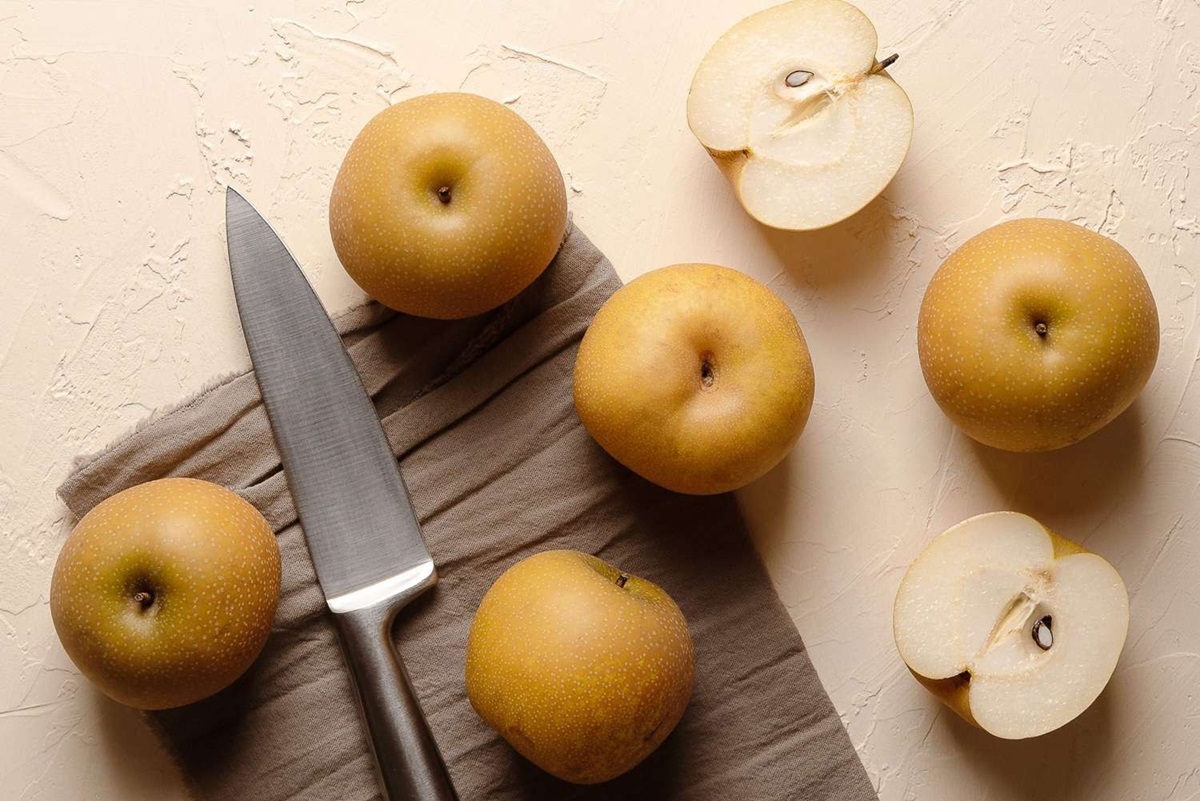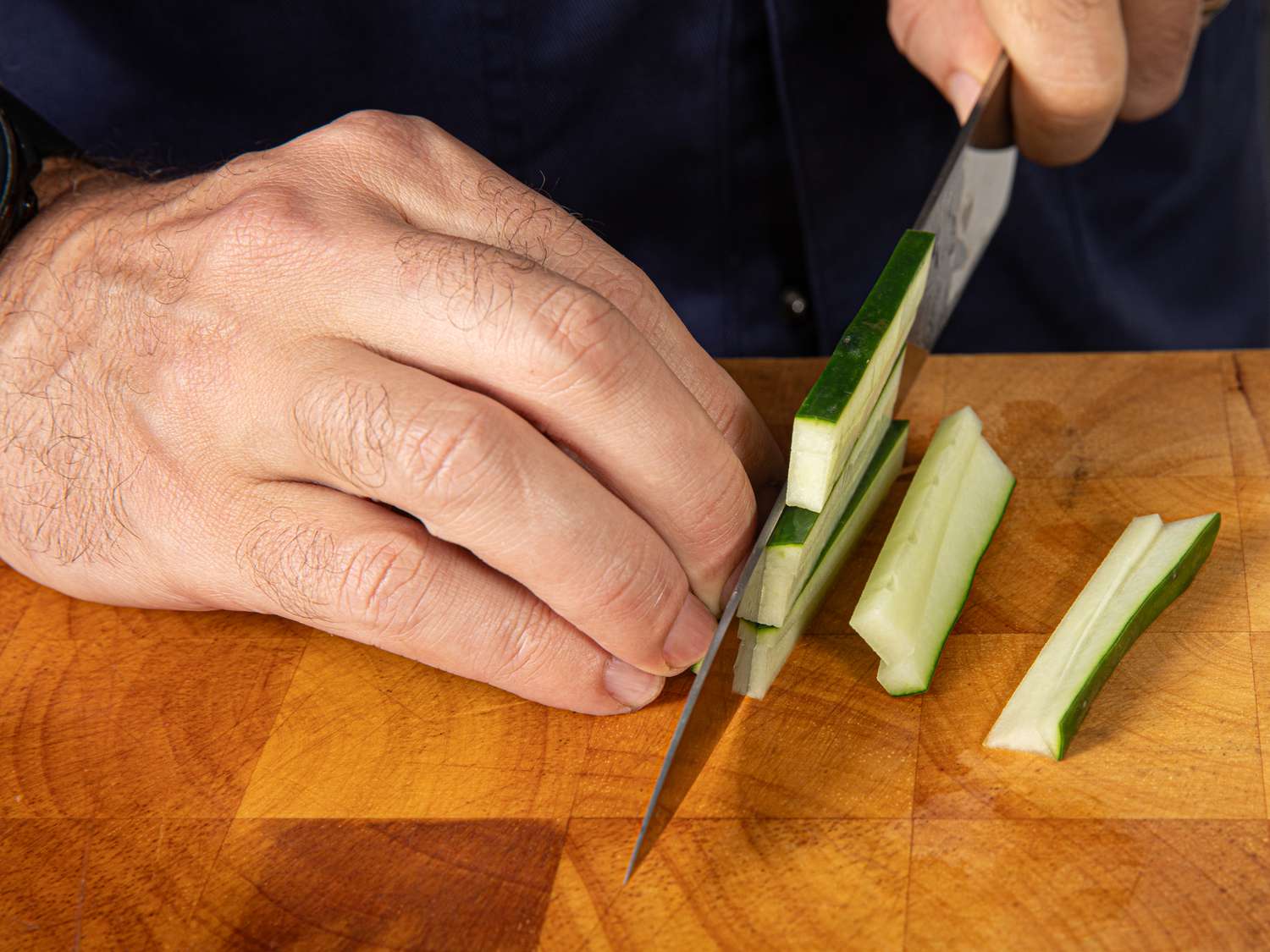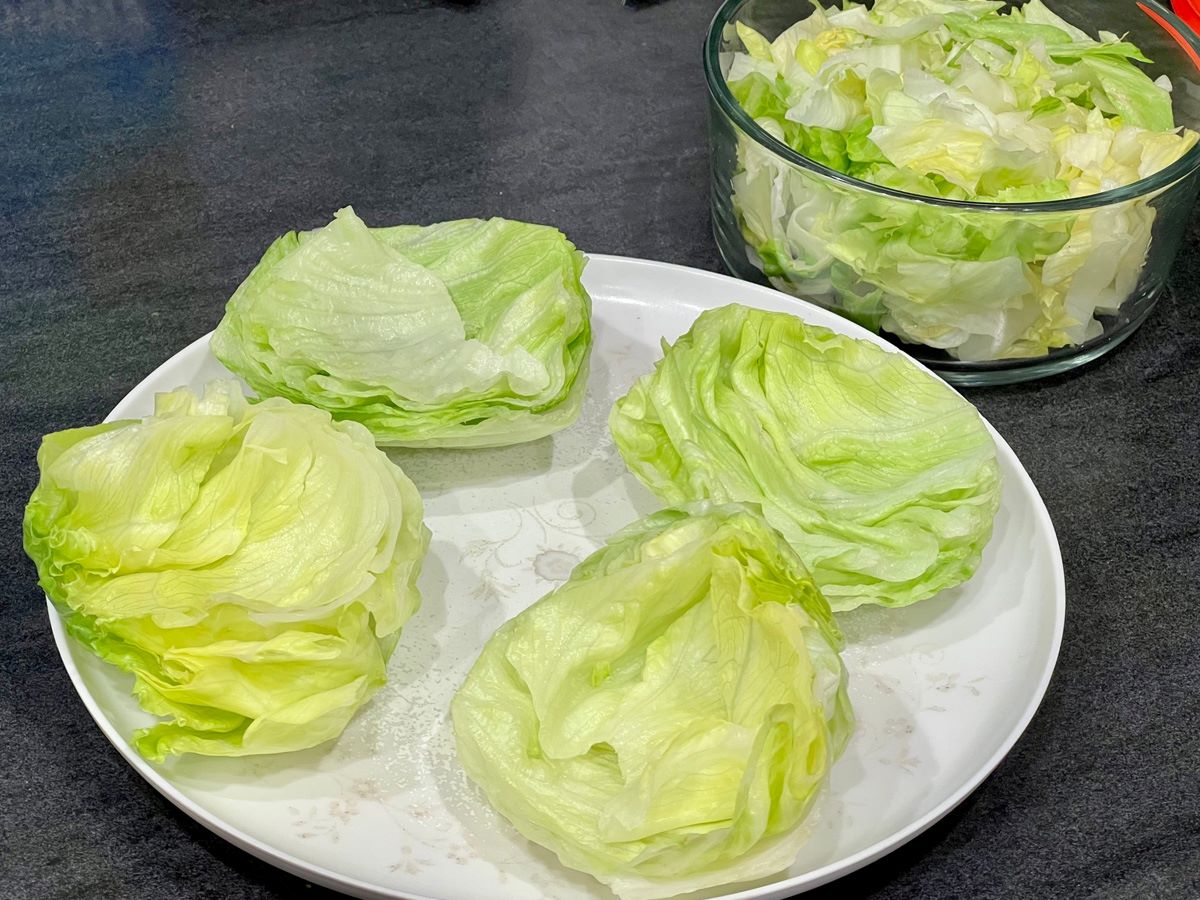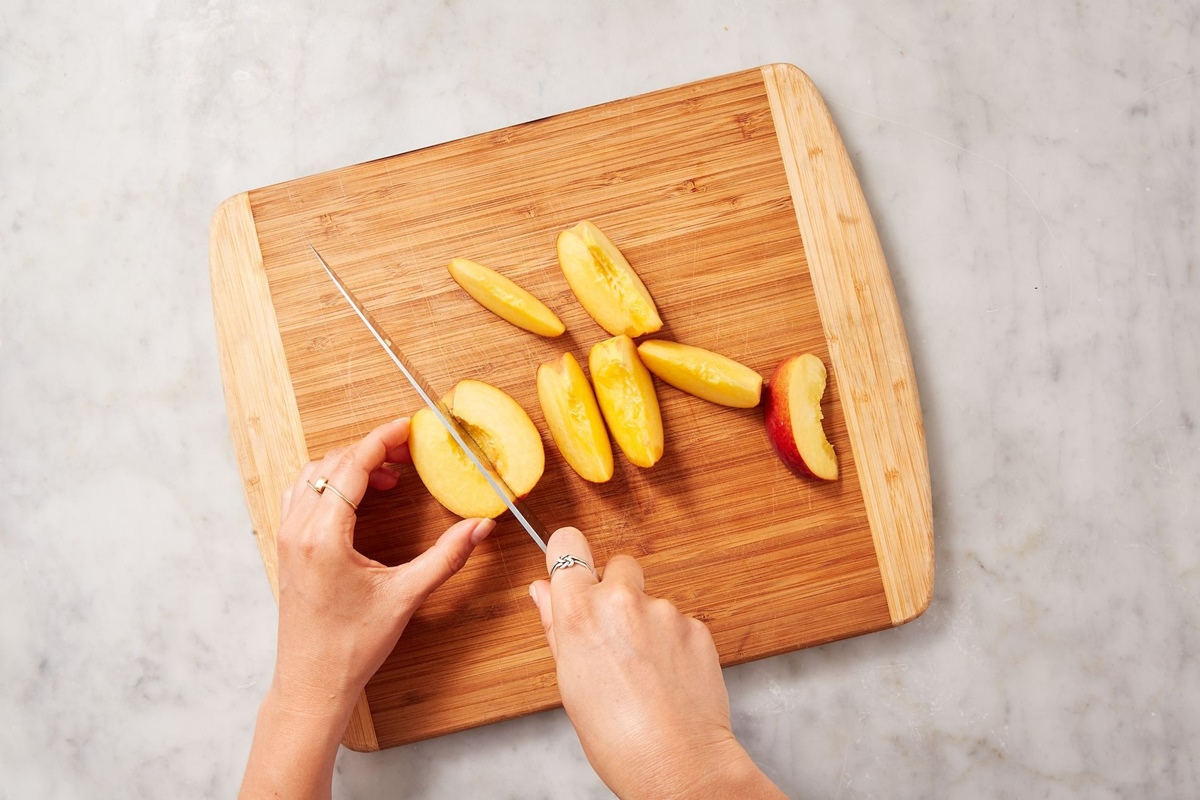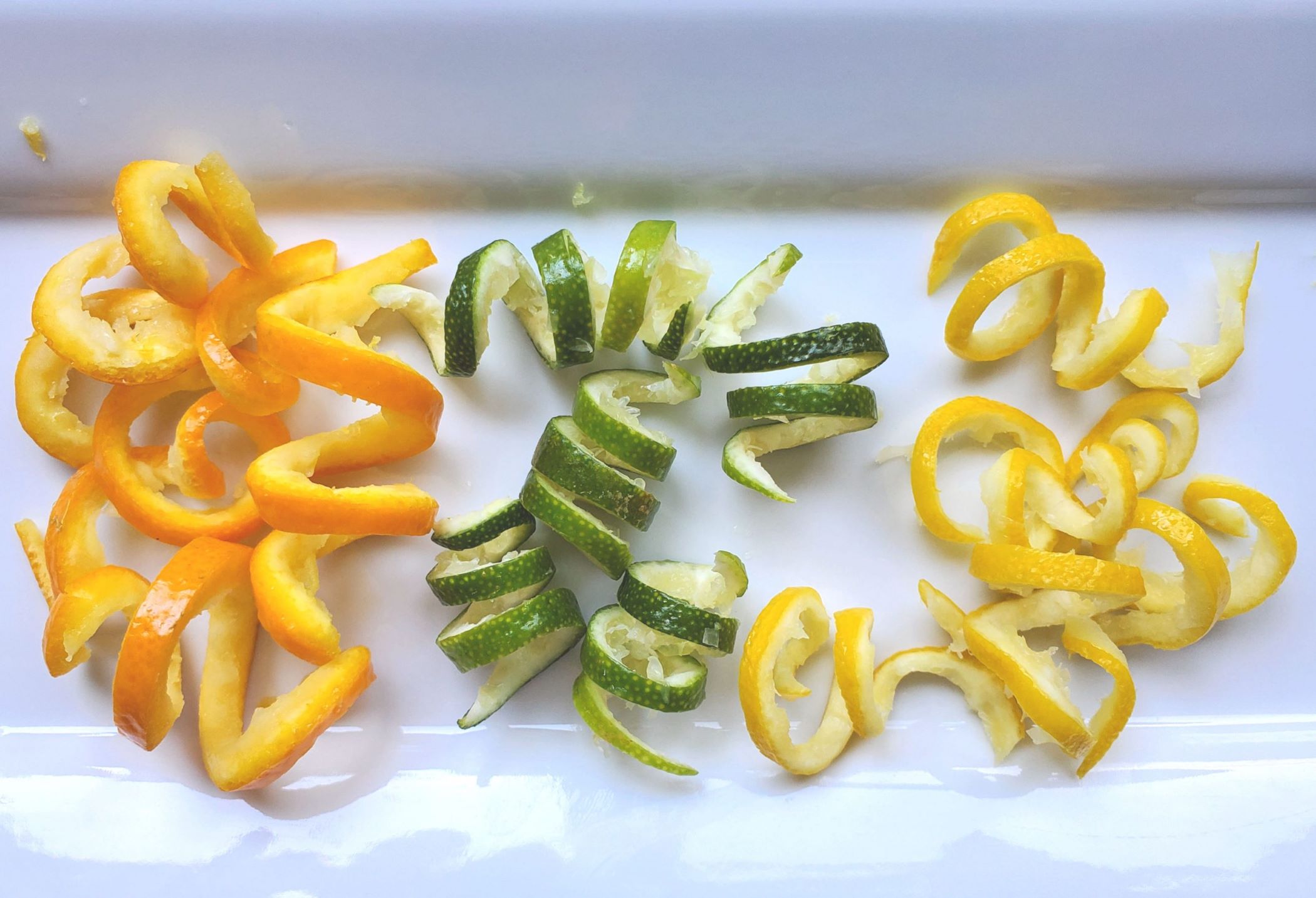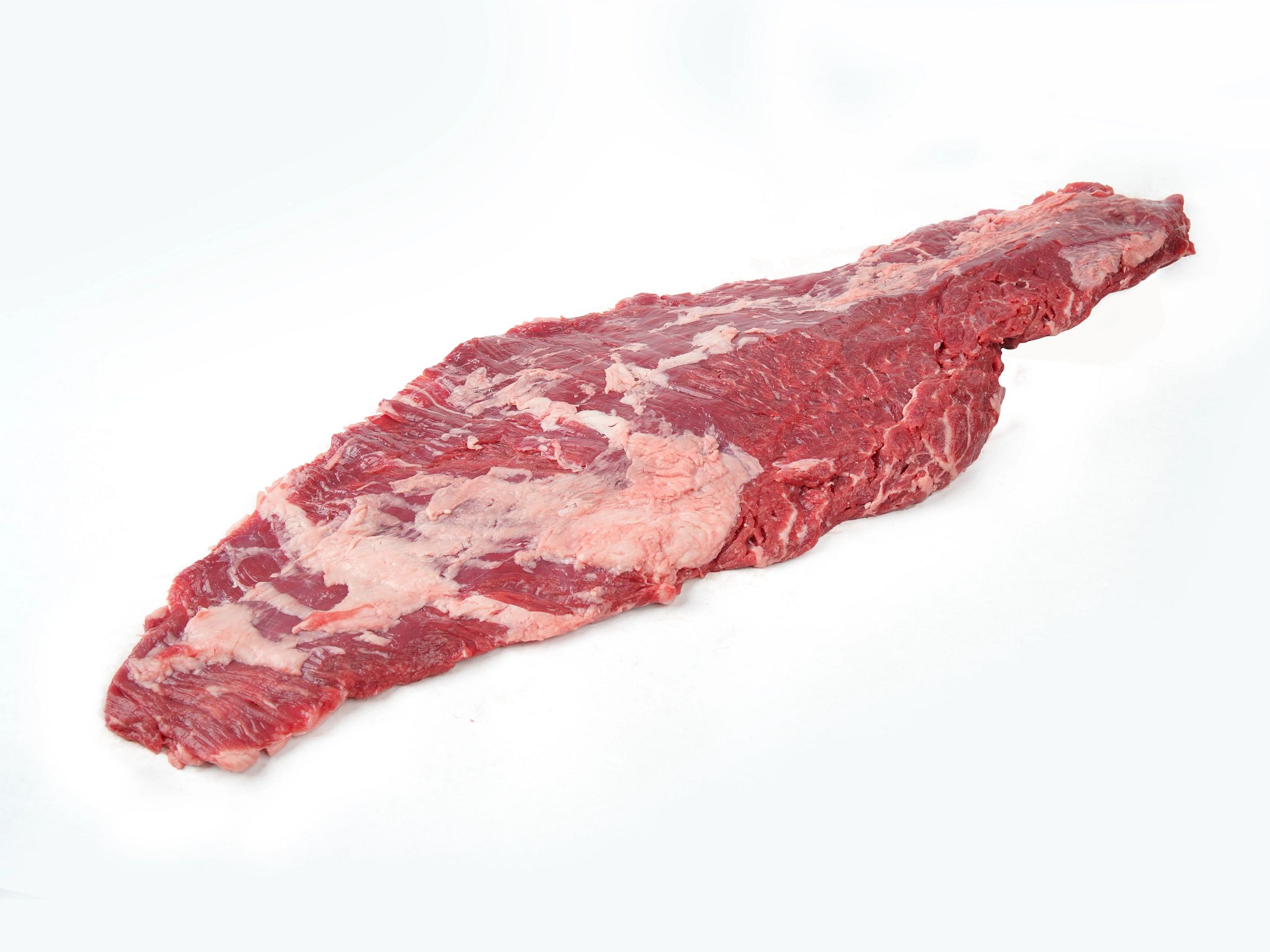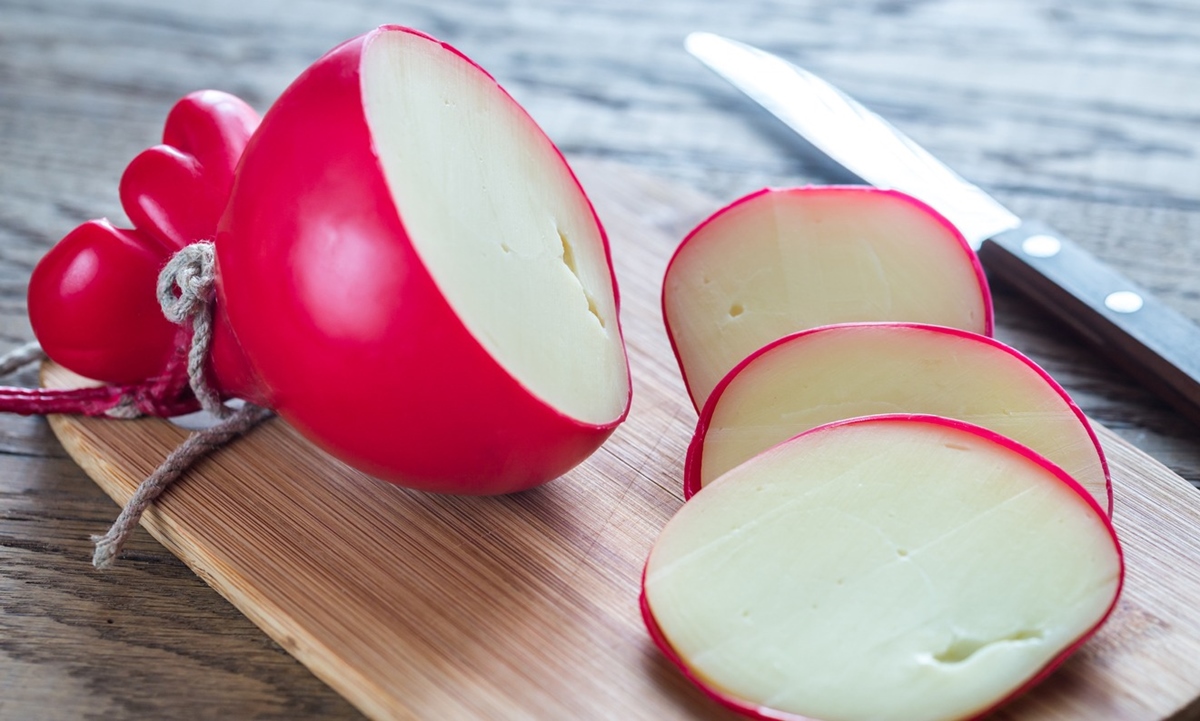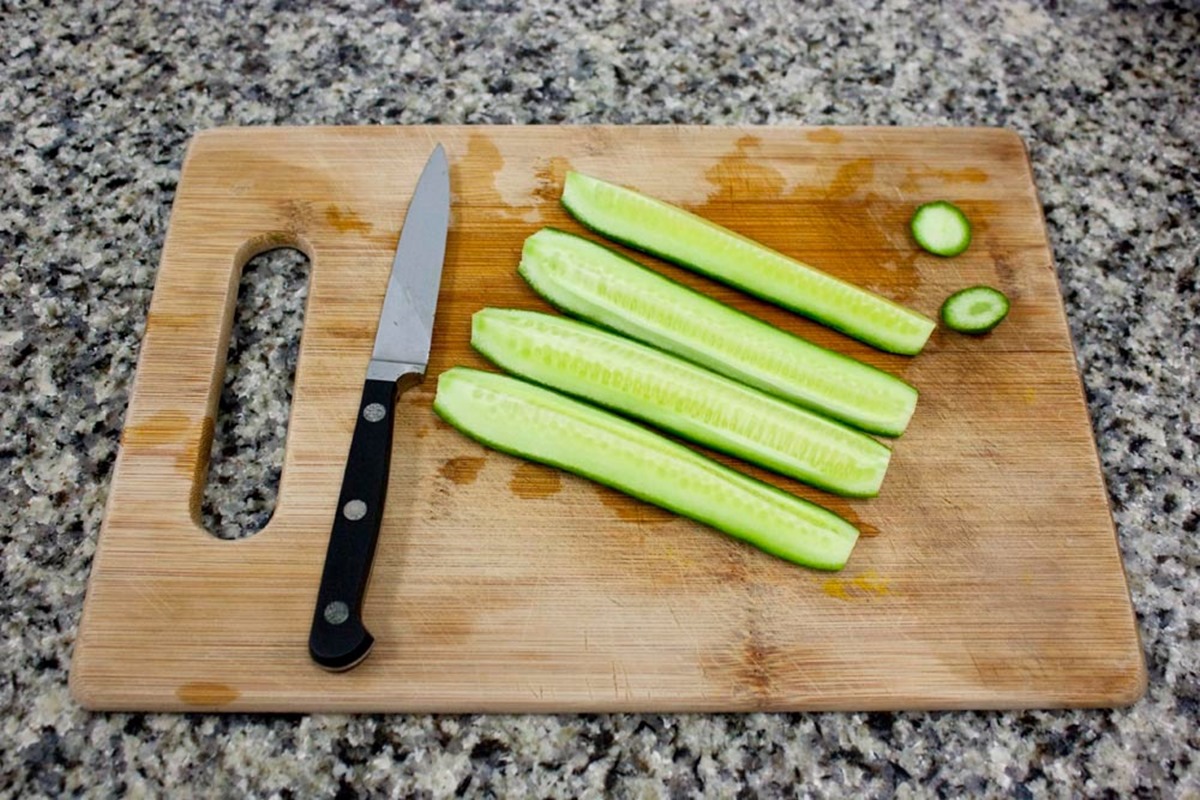How To Cut Pasta Without A Machine
If you love pasta as much as I do, you might find yourself craving that homemade taste but lacking a pasta machine. Don’t worry! You can still enjoy freshly cut pasta without a fancy machine. In this article, I will guide you through a simple and efficient method of cutting pasta at home, using just a few basic tools.
Ingredients:
- Fresh pasta dough
- A sharp knife
- A rolling pin
- A clean, dry surface
- Cornstarch or flour (optional)
Step-by-Step Guide:
1. Roll out the pasta dough: Begin by rolling out your freshly made pasta dough into a thin sheet. Make sure the dough is smooth and even, using a rolling pin. If the dough appears sticky, lightly dust it with cornstarch or flour to prevent sticking.
2. Choose your desired shape: Determine the shape of pasta you want to cut. You can go for classic options like fettuccine, tagliatelle, or even create your unique shapes. This method allows for flexibility and creativity.
3. Cut the pasta strips: Once you’ve decided on your desired shape, fold the pasta sheet over itself to create multiple layers. This will make it easier to cut several strips at once. Using a sharp knife, carefully slice the layered pasta into thin strips of your chosen width. The thickness is entirely up to your personal preference.
4. Separate the pasta strands: After cutting the pasta strips, gently unfold and separate them. You can lightly dust the strands with cornstarch or flour to prevent sticking, if necessary.
5. Allow the pasta to dry: To prevent the freshly cut pasta from sticking together, lay the strands out on a clean, dry surface. Let them air dry for around 30 minutes to an hour, or until they become slightly firm to the touch.
6. Cook and enjoy your homemade pasta: Now that you have beautifully cut pasta, it’s time to cook it. Bring a pot of water to a rolling boil, add a pinch of salt, and cook the pasta for a few minutes until al dente. Drain the pasta, add your favorite sauce or toppings, and savor the delicious flavors of your homemade creation!
Remember, cutting pasta without a machine may require a bit more time and effort, but it’s a fun and rewarding process. Get creative with your pasta shapes, experiment with different flavors, and enjoy the satisfaction of a homemade meal.
So, next time you find yourself craving fresh pasta, don’t let the absence of a machine stop you. Follow these simple steps and indulge in the joy of homemade pasta right in your own kitchen!
For those looking to master pasta without a machine, there are several recipes that pair perfectly with hand-cut pasta. The Spinach and Ricotta Ravioli Recipe offers a delightful challenge, allowing you to create delicate pockets filled with a rich mixture. If you prefer something simpler yet satisfying, try the Classic Fettuccine Alfredo Recipe, which lets the creamy sauce highlight your hand-cut fettuccine. Another great option is the Homemade Linguine with Clam Sauce Recipe, where the fresh, hand-cut strands perfectly absorb the savory clam sauce. Lastly, don't miss out on the Creamy Pappardelle with Mushroom Sauce Recipe, where broad, hand-cut pappardelle noodles pair beautifully with a luscious mushroom sauce.
Was this page helpful?
Read Next: How To Cut Bread Bowl For Spinach Dip

